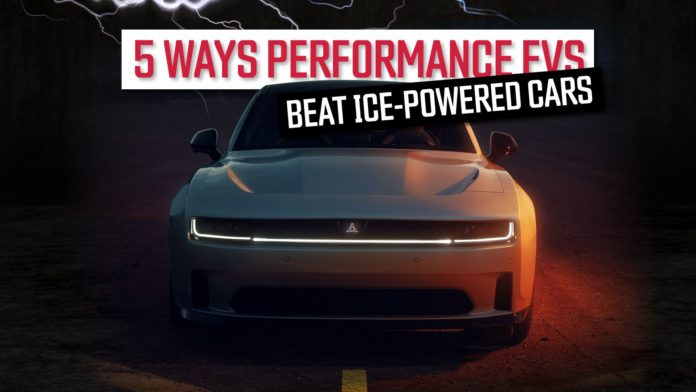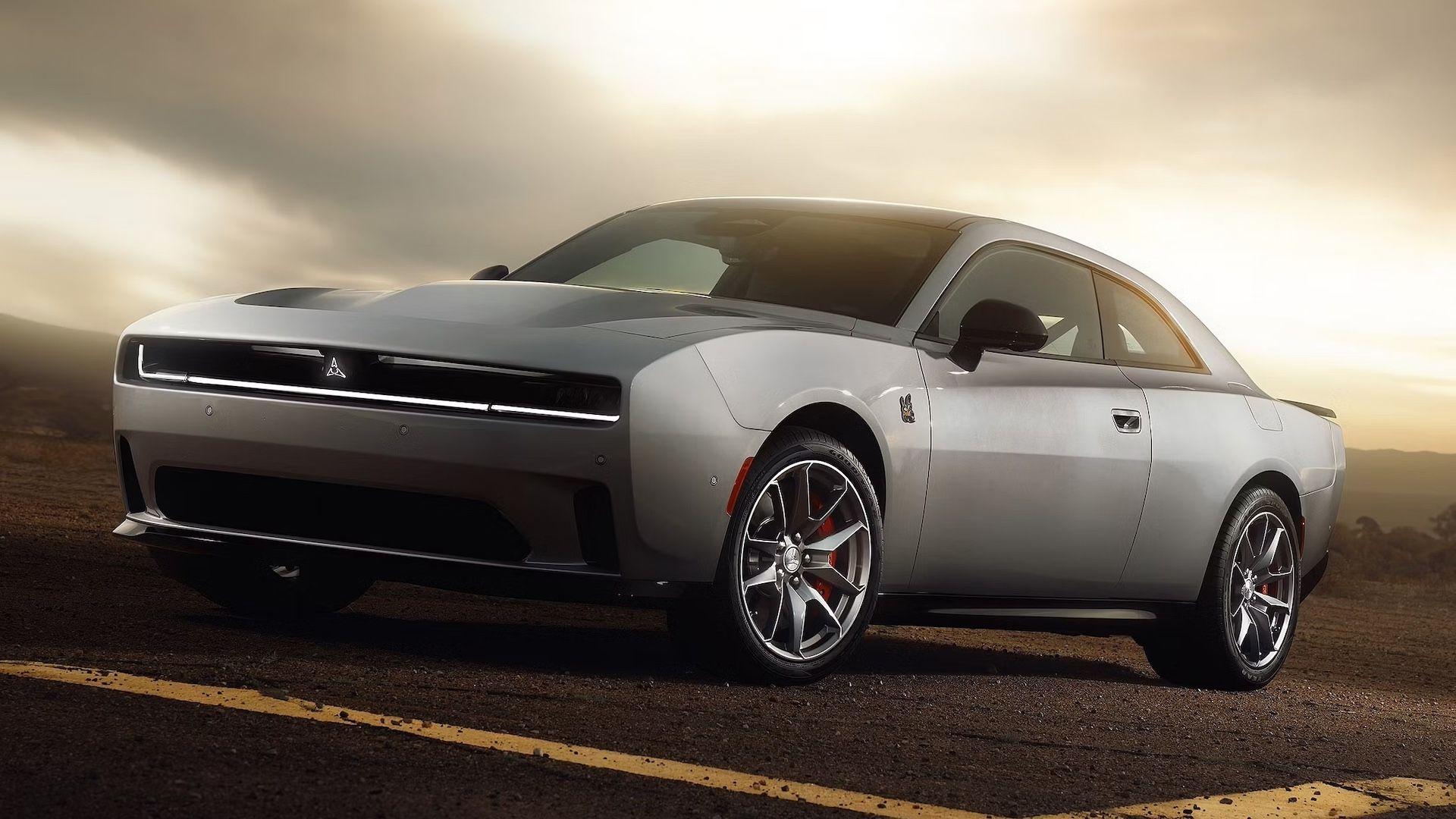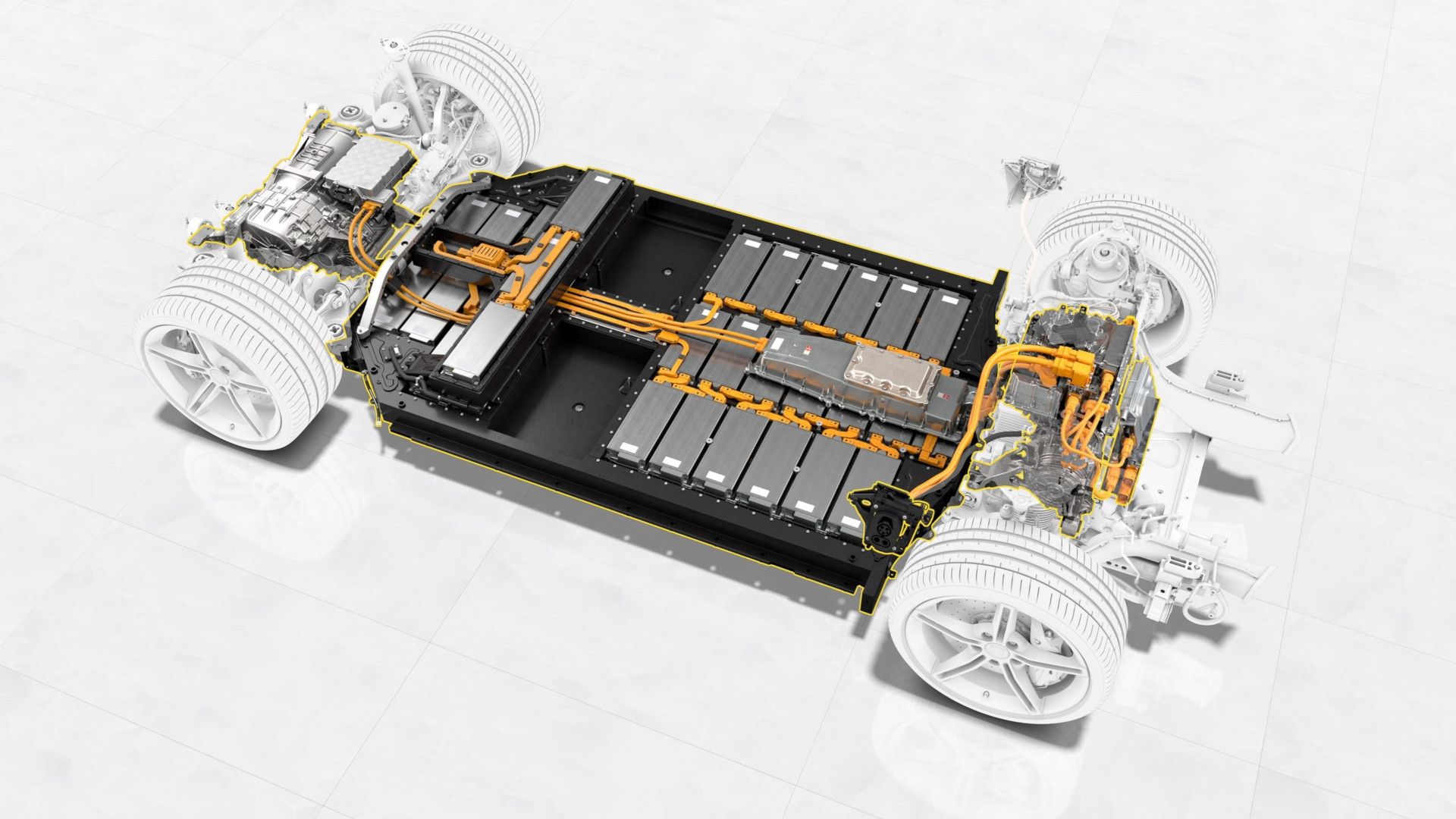If you still swear by combustion engine vehicles over electric vehicles, we get it. It’s still a lot easier to find a gas station than a charging station, and there’s something to be said for the smell of gas, and the roar of a V8. We love ICE-powered cars, too, but… electric performance cars are simply better than their conventional ICE-powered counterparts in some ways. And we’re not just talking about the EV vs ICE environmental impact debate.
Now that the market is expanding well beyond the electric-exclusive automakers like Tesla and Polestar, you’ve got plenty of options to choose from. Porsche makes EVs. BMW makes EVs. Pretty soon, the Dodge Charger Daytona will arrive as the world’s first electric muscle car. So now is as good a time as any to ask what all the fuss is about. Here are five major advantages of electric vehicles over their ICE-powered counterparts, specifically relating to performance and forgetting about practical things like fuel economy.
1
The Future Of 0-60 Belongs To The Instant Torque Provided By Electric Motors
The quickest-accelerating production-model SUV in the US right now is the Tesla Model X Plaid. It’s an all-electric three-row performance vehicle cranking out an incredible 1,020 horsepower, capable of hitting 60 mph in just 2.5 seconds despite its hefty 5,248 curb weight. The record for the quickest production car in the world belongs to the Rimac Nevera, an all-electric coupe equipped with four electric motors producing a total output of 1,877 horses. The Nevera hits 60 mph in a scant 1.74 seconds, and it boasts a top speed of 258 miles per hour.
Related
Rimac Nevera 0-60 And Every Other Performance Record Broken By The Electric Hypercar… So Far
The same man who holds the key to the Bugatti kingdom is also responsible for the world’s most exciting electric hypercar.
If you look at the whole performance car landscape right now, you’ll see all four types of electrified vehicle well-represented, including traditional hybrid, plug-in hybrid, battery-electric, and fuel-cell electric. More and more, the fastest cars in the world, like the Ferrari SF90 Stradale, are harnessing electric power to bring those 0-60 mph figures down. The SF90, in particular, has been clocked completing the 0-60 sprint in as low as two seconds flat, and that’s thanks to the instant torque of the electric motor. An EV has access to all the available torque from just 1 rpm. In contrast, an ICE car has to build engine speed before producing maximum power and torque.
2
EVs Democratize Power, Giving You More Horsepower For Less Cash
Muscle cars used to be regarded as something of a blue-collar hobby. Maybe you were never going to drive in NASCAR, but a 1970 Pontiac GTO Judge with a Ram Air IV under the hood could do 0-60 mph in under six seconds, and it only cost a little over three grand, or, adjusting for inflation, just over $24,000. Muscle cars have never been faster than they are today, and they’ve never been more expensive, either, but they’ve always adhered to the basic principle of giving you a ton of horsepower for a fraction of the price of a German or Italian car with the same performance.
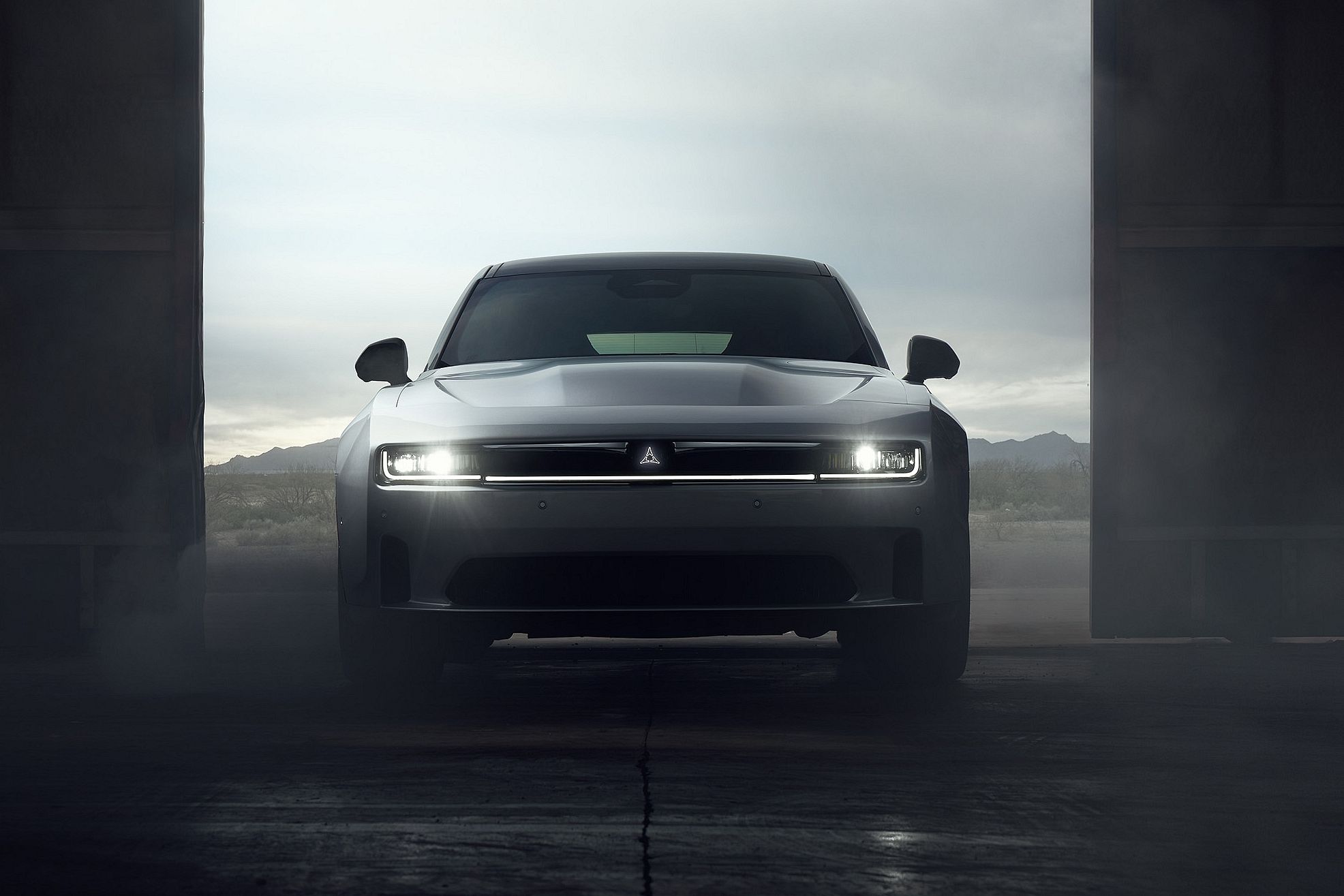
Related
The People Have Spoken, And Electric Vehicles Can’t Be Muscle Cars
According to a study, 56% of Americans don’t think the Dodge Charger Daytona is a “real” muscle car.
But in an electric era, performance is relatively cheap. Electric motors are easier to get big horsepower numbers out of than an emissions-compliant gasoline engine, and it’s now not uncommon to see mainstream family vehicles with over 500 hp with a somewhat affordable price tag attached to them. To get a 500-hp Mustang, you’ve got to pay $58,185 for a Dark Horse, and if you want over 500 hp from something European, you’re looking at $80,200 for an M3 Competition. But you can now get several EVs with that much power (or more) for much less:
|
500-HP EVs For Less Than A BMW M3 Competition |
||||
|---|---|---|---|---|
|
Tesla Model 3 Performance |
Hyundai Ioniq 5 N |
Kia EV6 GT |
Polestar 4 Dual Motor |
|
|
Price |
$53,990 |
$66,100 |
$61,600 |
$62,900 |
|
Horsepower |
510 hp |
641 hp |
576 hp |
544 hp |
|
Torque |
547 lb-ft |
568 lb-ft |
545 lb-ft |
506 lb-ft |
|
0-60 MPH |
2.9 seconds |
3.25 seconds |
3.4 seconds |
3.7 seconds |
Even more accessible commuter models give you an abundance of power for not much money. Take the Chevrolet Bolt EV, for example, with 200 hp, a six-second 0-60 run, and a $26,500 base price in its last year on sale. For that money in a gas-powered Chevy, you were lucky if you got 175 hp and a 10-second 0-60 time. At the other end of the spectrum, a Model S Plaid gives you 1,020 hp for under $90,000 at the time of writing. 1,000 hp in anything else with an engine costs two to three times as much. As performance EVs become more prevalent in society, we’re going to see big horsepower gains without correlating price increases.
3
Electric Motors Offer A Number Of Handling Advantages
Performance cars aren’t just about big numbers. When buying a performance car, you expect an engaging driving experience, which EVs are in a prime position to provide. Every electric vehicle on sale comes standard with at least one electric motor and regenerative braking. High-performance models tend to be sold with a dual-motor setup, which means you get the added benefit of all-wheel drive without any physical connection between the motors. In the upper echelons of the EV world, you get tri- and quad-motor setups. The latter means every wheel gets its own motor, which allows for vastly superior torque vectoring systems.
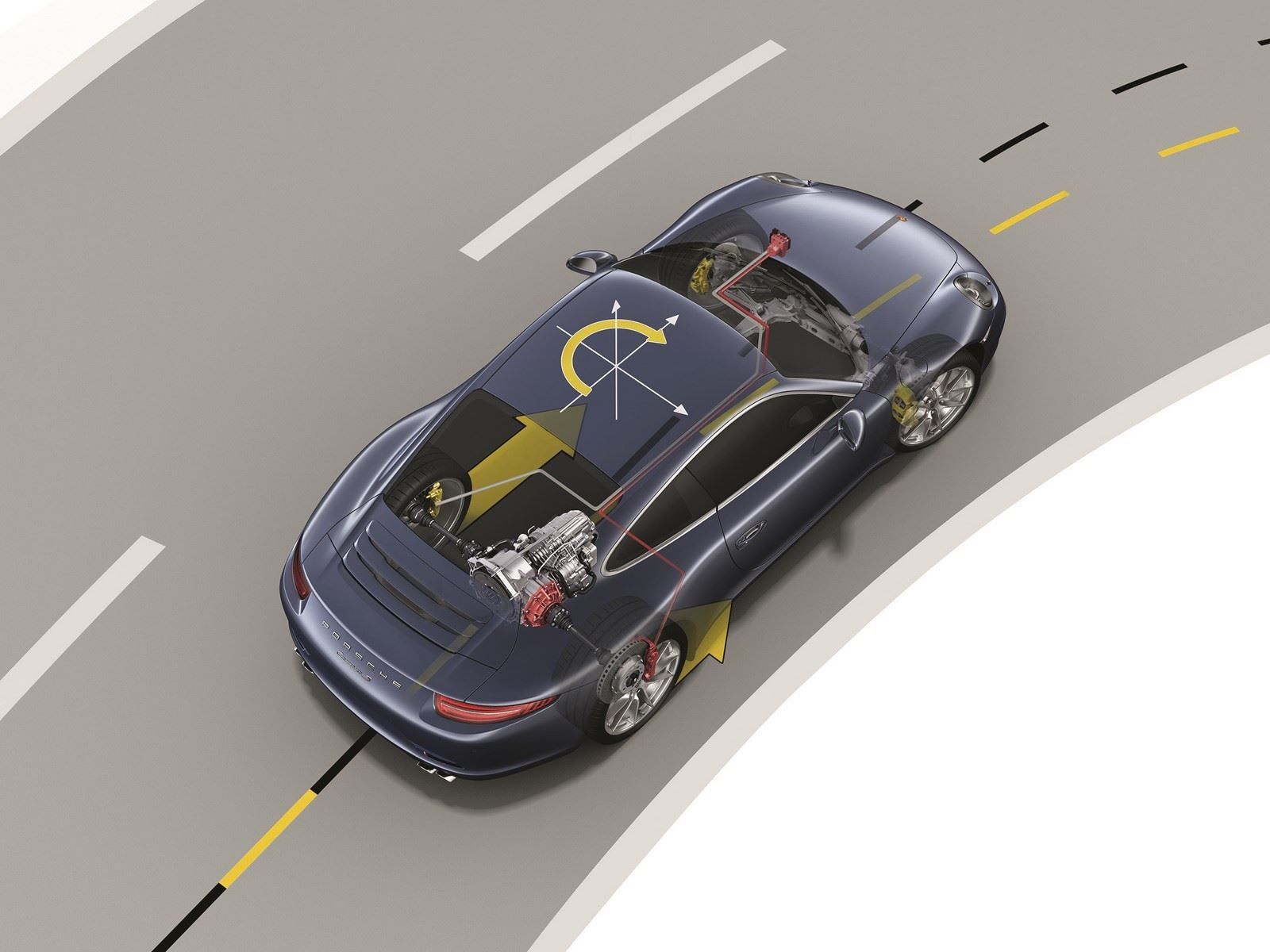
Related
Why Torque Vectoring Makes Driving So Much Fun
When straight roads become curvy, torque vectoring makes all the difference.
Basically, a torque vectoring system will brake the inside wheels to help a car really dig into a corner. An active system can also deploy power to the outside wheels, but that’s something we’ve yet to see in a mass-production vehicle. However, it is theoretically possible if you have more than one motor on an axle. All an automaker needs is an EV motor and a few thousand lines of code, and voila.
There’s more to it than just torque vectoring. An electric hypercar like the Rimac Nevera can apply negative torque to one wheel and positive to another, effectively enabling the car to pivot instantly. It can also accurately control every single horsepower at each wheel for maximum acceleration and handling prowess. Stability and launch control systems benefit, too, as the power delivery can be tweaked hundreds of times a second with an e-motor, as it can switch on and off in an instant. But in an ICE car, the moment you cut spark or fuel, you lose momentum, and you can’t suddenly get back to the same power deployment rate as before.
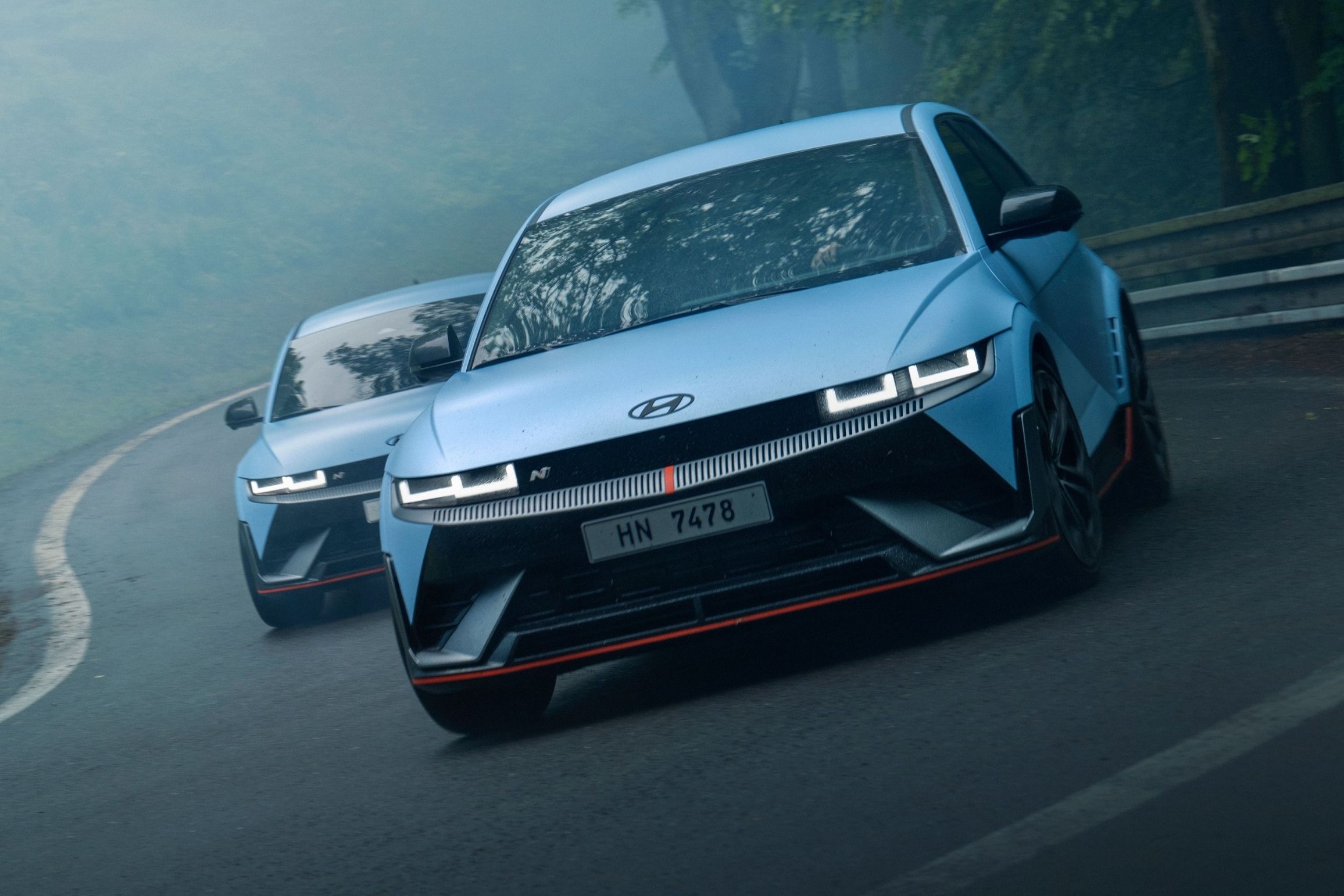
Related
9 Coolest Features Of The 2025 Hyundai Ioniq 5 N
Hyundai doesn’t care about what rivals do; it just wants EVs to be fun.
And then there’s the braking. Traditional performance cars rely solely on friction braking to slow you down, but that means you run the risk of overheating the brakes – something scary to experience firsthand on a track. However, because electric motors are used for regenerative purposes, they can alleviate the load on the friction brakes, which is why Hyundai didn’t need to give the Ioniq 5 N carbon ceramic brakes for it to be able to tackle the Nurburgring. Instead, the regenerative braking can provide up to 0.6G of deceleration, handling up to 50% of braking needs at a race track. Longer-lasting brakes mean not only more confidence but less time and money replacing costly performance brake pads.
4
EVs Can Use Battery Weight To Their Advantage
As we know, the battery is the heaviest component in the average EV, with the average pack weighing roughly 1,000 pounds. This is an obvious downside, and automakers are working hard to produce lighter batteries, but until that happens, they’re forced to make the best out of a bad situation.
The industry standard is a basic skateboard design, illustrated above. The cells of the battery pack are mounted as low down as possible, which brings the center of gravity way down. Theoretically speaking, the lower the center of gravity, the harder a car can corner. It will also lean less through a bend, inspiring confidence. We say theoretically because EV makers don’t always get it right, as proven by the infamous Moose Test. The Kia EV6 and Tesla Model Y nailed the test, but the Mustang Mach-E did terribly. This is proof that a poorly calibrated electronic stability control system can let you down, even if you have a low center of gravity advantage.

Related
Decoding The Moose Test: The Biggest Winners And Losers
If you can dodge a Moose, you can dodge almost anything. Allegedly.
Mounting the batteries low down seems like a good idea, but there is a negative side effect that many automakers still haven’t found a solution for yet. With the battery on the floor, everything else has to be raised. A low seating position is a vital component of any decent car, even if it is fake. A prime example is the Range Rover Sport, which isn’t low to the ground, but you still get that low-slung feeling because Land Rover raises the rest of the cockpit to make the driver feel like they’re nestled within and not on top. Hyundai had to lower the seats in the Ioniq 5 N to make it feel sportier, but it’s still too high for some, which does impact the overall driving experience negatively.
Moving away from the skateboard platform, automakers can use the weight of the batteries to mimic the feel of a specific drivetrain layout. Porsche has said that the upcoming 718 EV will have a mid-mounted battery pack to make it feel as close to the traditional gas-powered Boxster and Cayman as possible. This is an interesting approach to weight distribution in a segment that has widely accepted the skateboard design as the norm, and we look forward to finding out if it works.
But Porsche isn’t the only brand to have done this. The Rimac Nevera places the batteries in the transmission tunnel, and the Lotus Evija has a ‘chest battery’ placed where the engine would be in a mid-engined supercar. Keeping the weight between the axles also aids handling balance, meaning none of the drawbacks of an engine over the front axle.
5
Electric Vehicles Are The Ultimate Jekyll And Hyde Cars
The Hyundai Ioniq 5 N is basically a lie on four wheels, simulating a combustion car’s power delivery and gearshifts, as well as its noise. But it’s so good that you simply don’t care. You can use it as an everyday EV, in which case it sails along silently and relatively comfortably. But Hyundai went through a lot of trouble designing a fake dual-clutch transmission and engine noises to make it feel like a gas-powered hot hatch. The tricks this car has up its sleeve could have failed miserably, but instead, Hyundai pulled off the unimaginable and built an EV that mimics a gas-powered car so well that you simply don’t care.
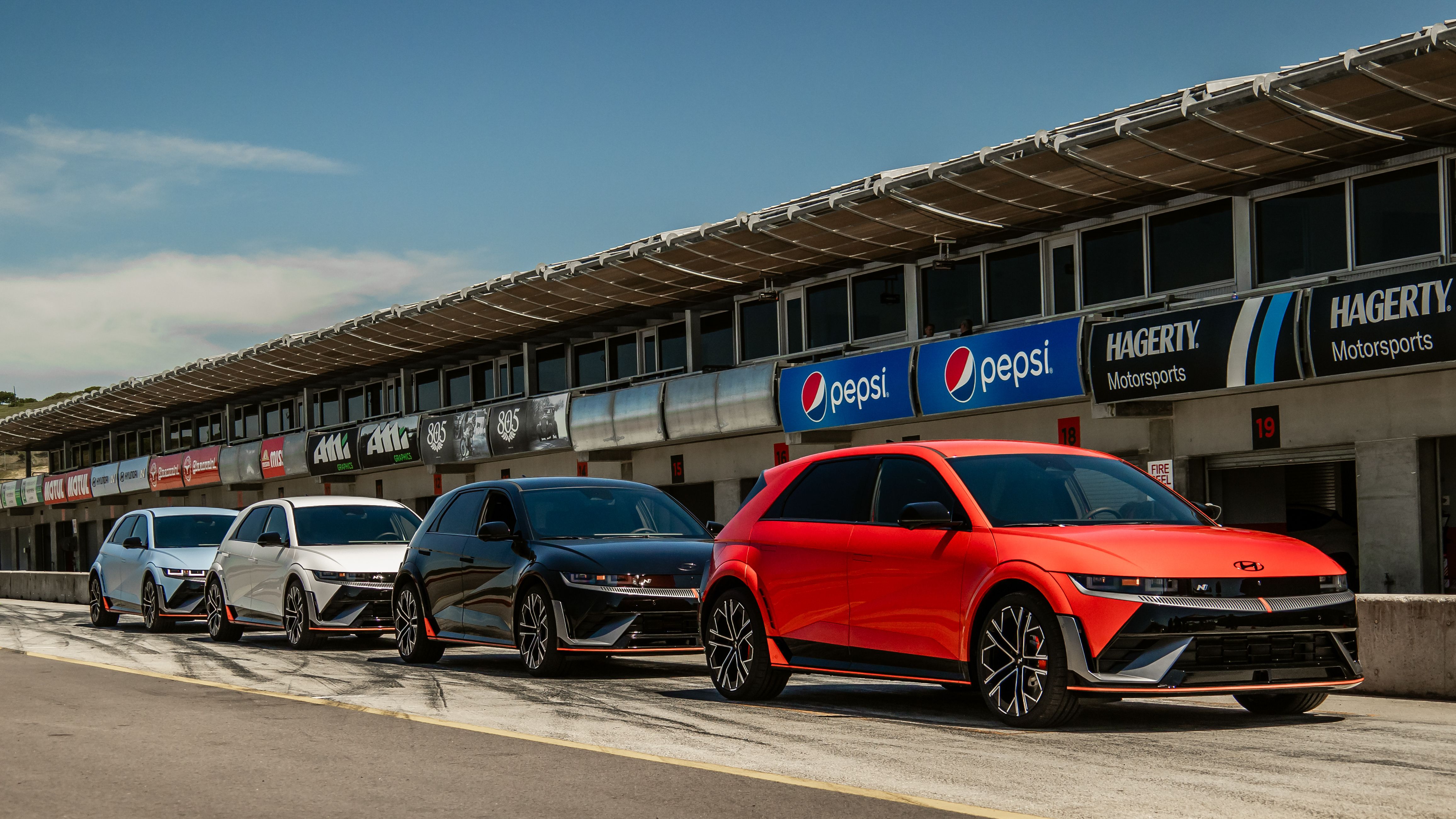
Related
Is The Hyundai Ioniq 5 N The Best Track Day Car You Can Buy?
The answer is a resounding yes and a resounding no.
The attention to detail is staggering. If you use the fake gearbox, it will hit a rev limiter, and the car’s hypothetical engine will hit a wall. If you try to pull away in fifth gear, the car will lag. Hyundai thought of every possible scenario and faked it using nothing more than standard EV hardware, speakers, and coding. Any EV automaker can achieve the same, and considering the resounding positive response to the first electric N, we’re willing to bet that they’re out there right now doing just that.
The Ioniq 5 N may seem a bit expensive at $66k, but it has 600 horses at its disposal. That’s the democratization of power we referred to earlier. 600 horses used to retail for well above $100k, but now you can get 1,000 hp in a Tesla Model S Plaid for $88k. All the technology Hyundai built into this car means you can drive a different car every day of the week. There are different driving modes, sounds, and so much more. This level of customization is simply not possible in a gas-powered car.

